Many thanks to the Global Environment Facility for organizing an excellent workshop on primary forests in Panama…
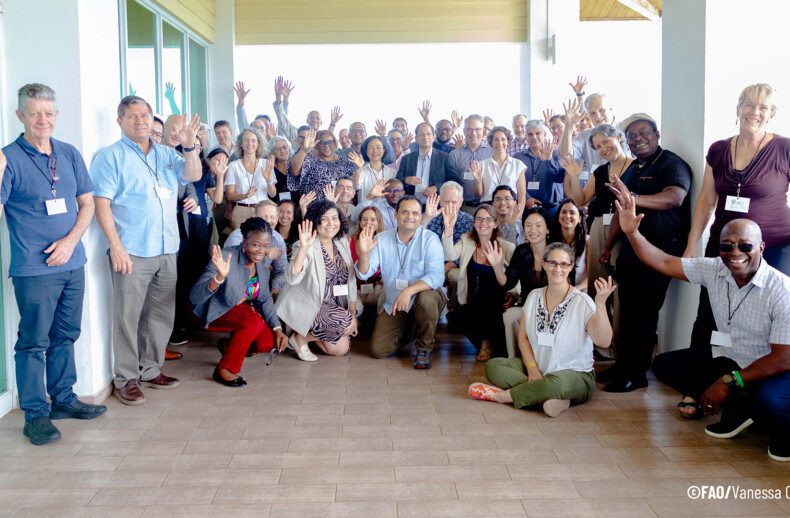

Many thanks to the Global Environment Facility for organizing an excellent workshop on primary forests in Panama…
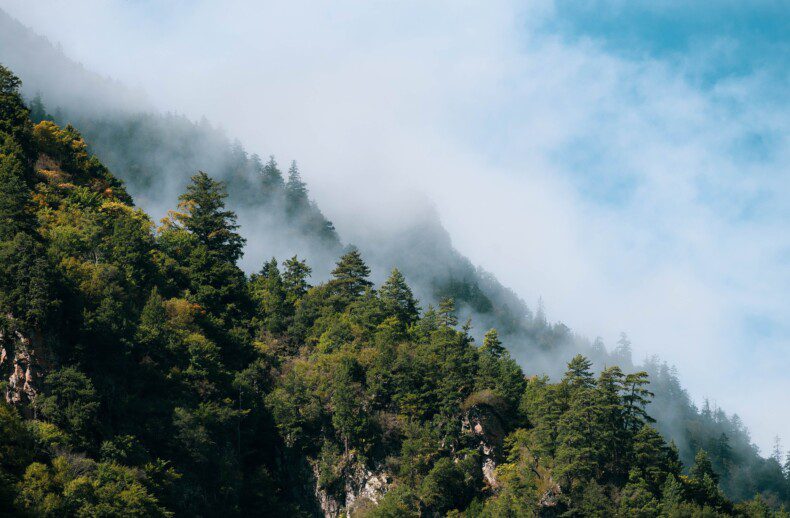
Read about our 2023 accomplishments in Primary and Old Growth forest protection in North America and globally.
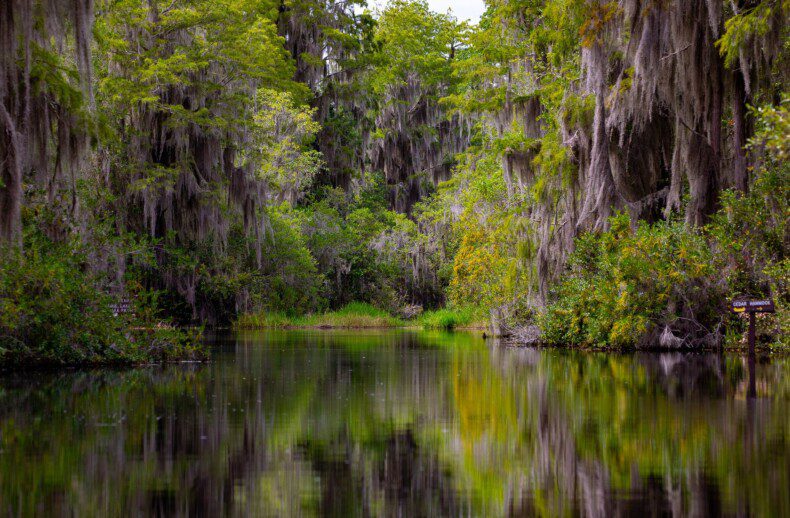
Okefenokee!! The Department of the Interior has provided the green light to move ahead with a World Heritage nomination (after receiving over 10,000 letters of support) for the Okefenokee National Wildlife Refuge.
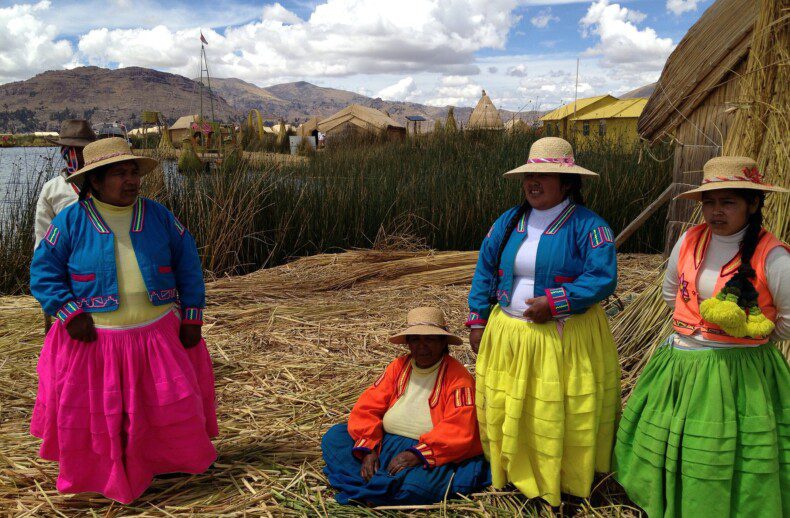
Some very good news: in April the UN Permanent Forum on Indigenous Issues held regional dialogues as part of its 22nd session and 80×25 was discussed…and included in their final report!
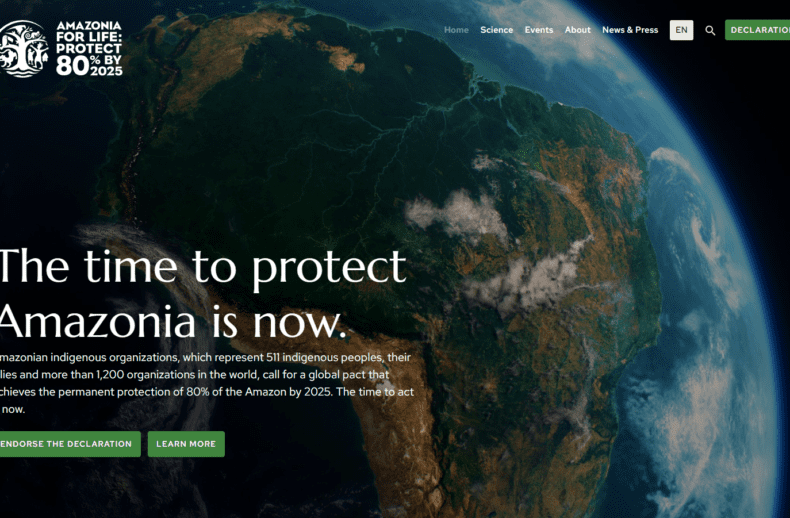
See the new Amazonia for Life: Protect 80×25 website!
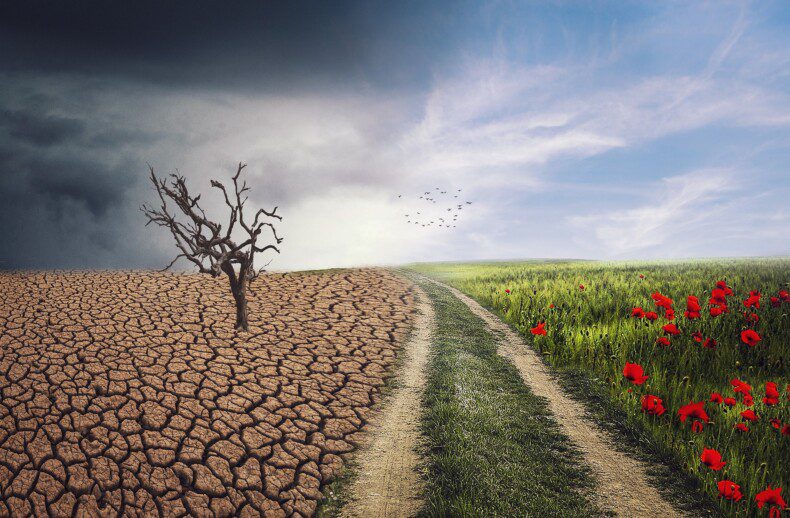
Please see our new publication on encouraging cooperation between the climate and biodiversity conventions to solve both crises together.
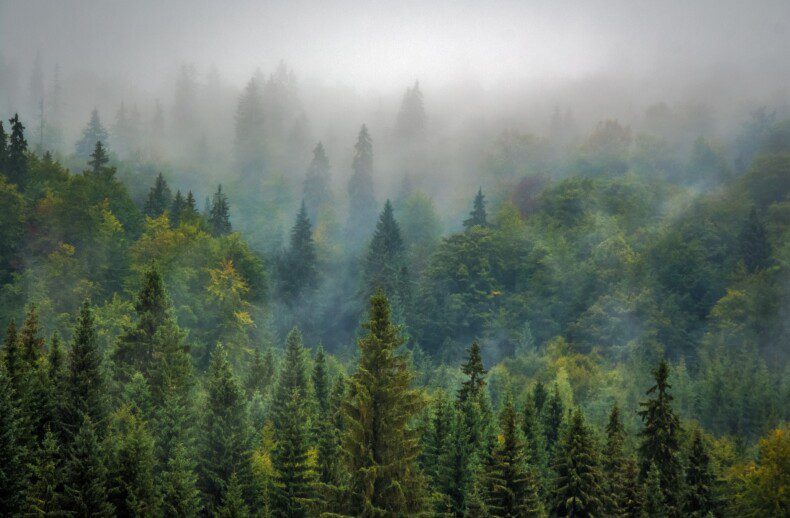
Please see Griffith University’s website for our research and policy partnership (and many publications) on primary forests with Griffith, Wild Europe, Australian Rainforest Conservation Society, Woodwell Climate Research Institute and many others!

A new study published in the peer-reviewed journal Forests and Global Change presents the nation’s first assessment of carbon stored in larger trees and mature forests on 11 national forests from the West Coast states to the Appalachian Mountains.
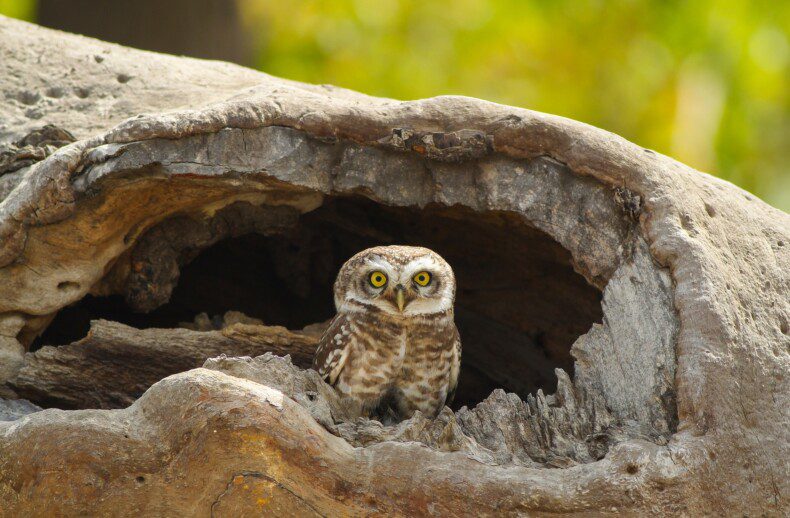
The Northern Spotted Owl is the quintessential canary in the coal-mine for older forest ecosystems. This medium-size nocturnal bird of prey was listed as “threatened” under the Endangered Species Act in 1992 because of widespread logging of its old-growth forest habitat shared by hundreds of species.
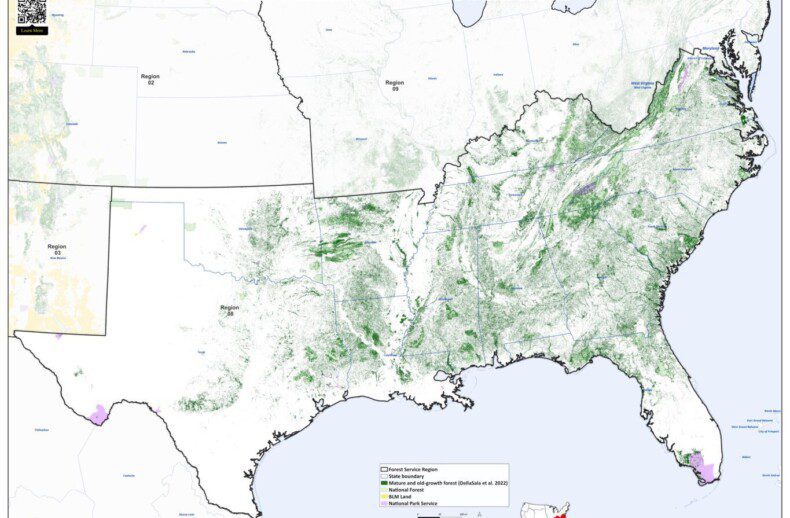
Today, an international team of scientists released the first ever coast-to-coast, map-based assessment of mature and old-growth forests (i.e., collectively referred to as older forests) in the continental United States, in a new peer-reviewed study published by Frontiers in Forests and Global Change.
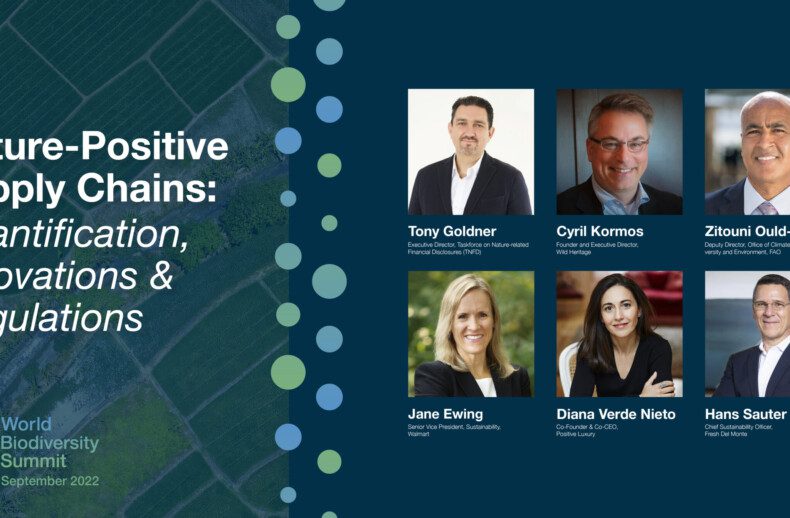
The World Biodiversity Summit offers a platform to bridge the biodiversity and climate agendas, mobilise investments for nature, and build global public-private partnerships for nature to meet the goals outlined in the Post-2020 Global Biodiversity Framework.
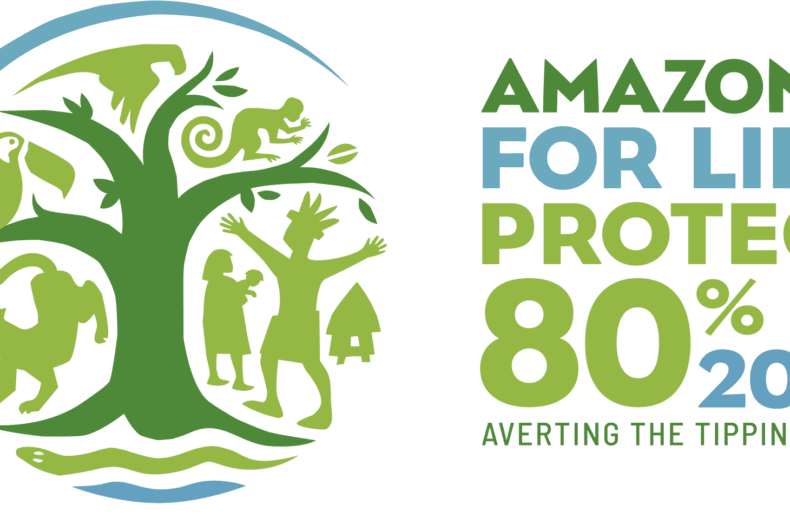
Amazonia Against the Clock: see the new report which shows that there is still time to protect 80% of the Amazonia by 2025 – and that it is urgent to do so! Respecting Indigenous Peoples rights and expanding Indigenous territories are a key part of the solution.